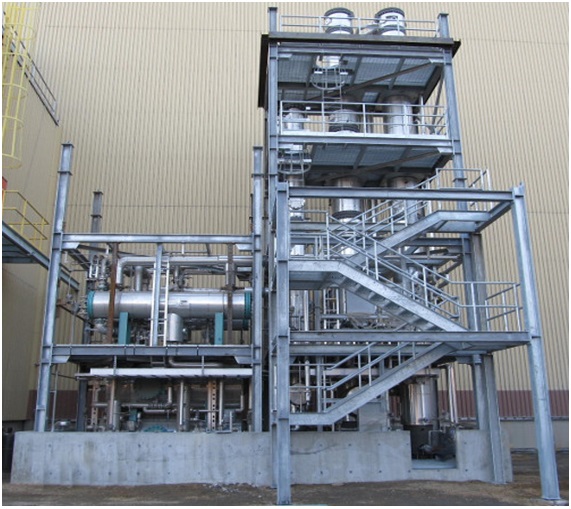Methanol Recovery System
Using conventional distillation technology, methanol can be readily recovered from water and wastewater streams. Depending on clients' requirements, purities as high as 99% can be achieved. After recovery, the methanol can be reinjected into the process, reducing both waste and operating cost.
Known about Methanol Recovery:
After it has been separated from the gas, the rich methanol stream (mixed with water) is led to a liquid/liquid separation tank with sufficient residence time to allow separation of hydrocarbons and methanol/water. The recovered hydrocarbons are usually pumped away for treatment outside the package. The separated methanol/water mixture is than sent to a distillation column for further processing.
From the bottom of the column purified water is collected. Water is partly vaporized in the reboiler to serve as column feed. At the top of the column, pure methanol vapoursare condensed using a heat exchanger and collected in the reflux drum. From here, part of the methanol is used as reflux for the column, and the other part is exported to the clean methanol buffer tank. By varying reboiler duty and reflux rate, the purity of the products can be adjusted. The buffer tank serves as a collection vessel from which re-injection into the main process is possible.

